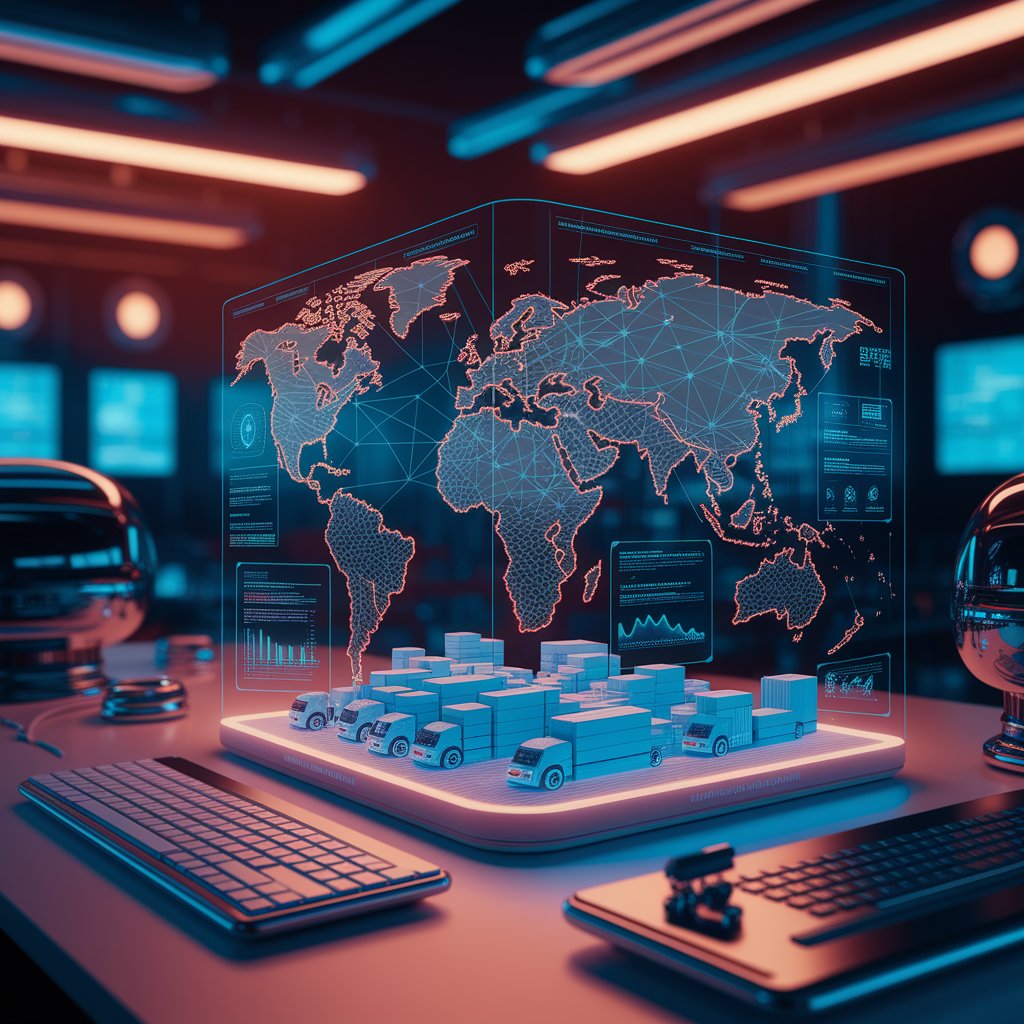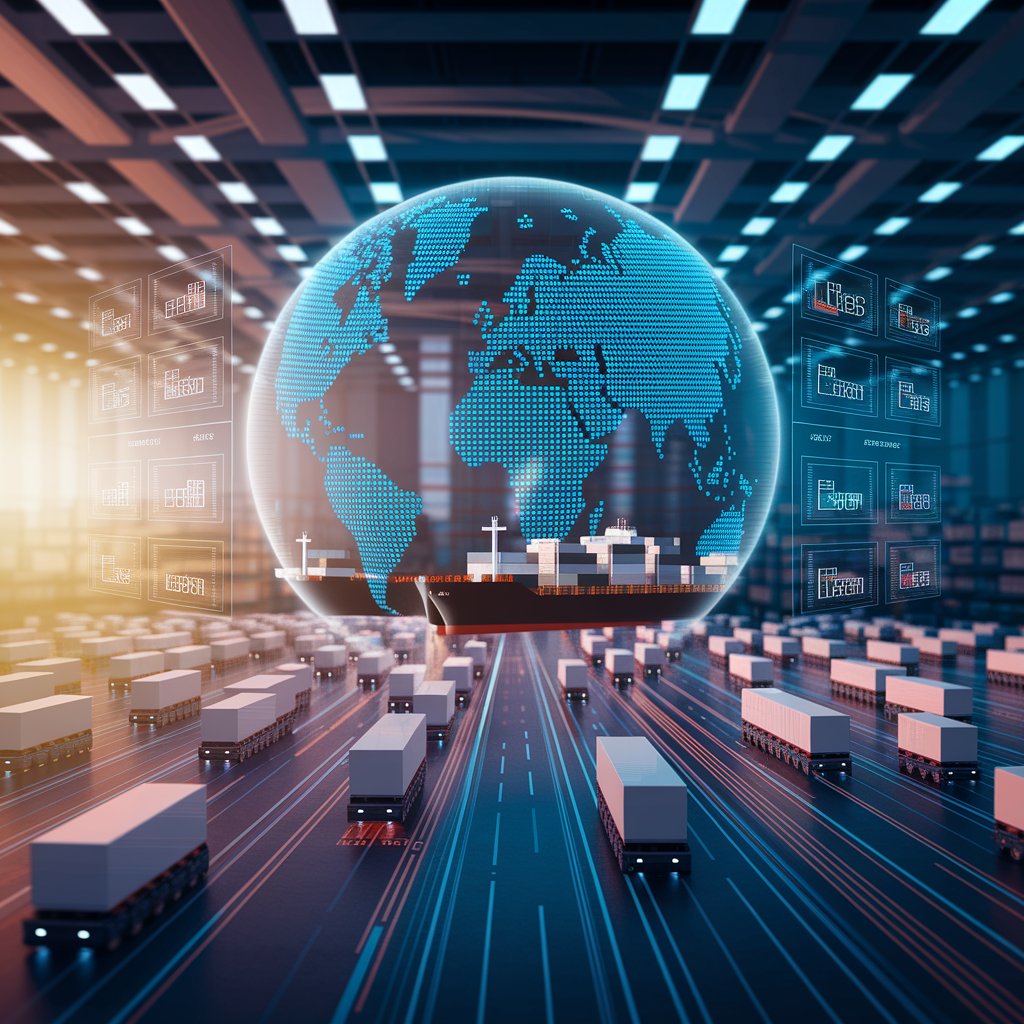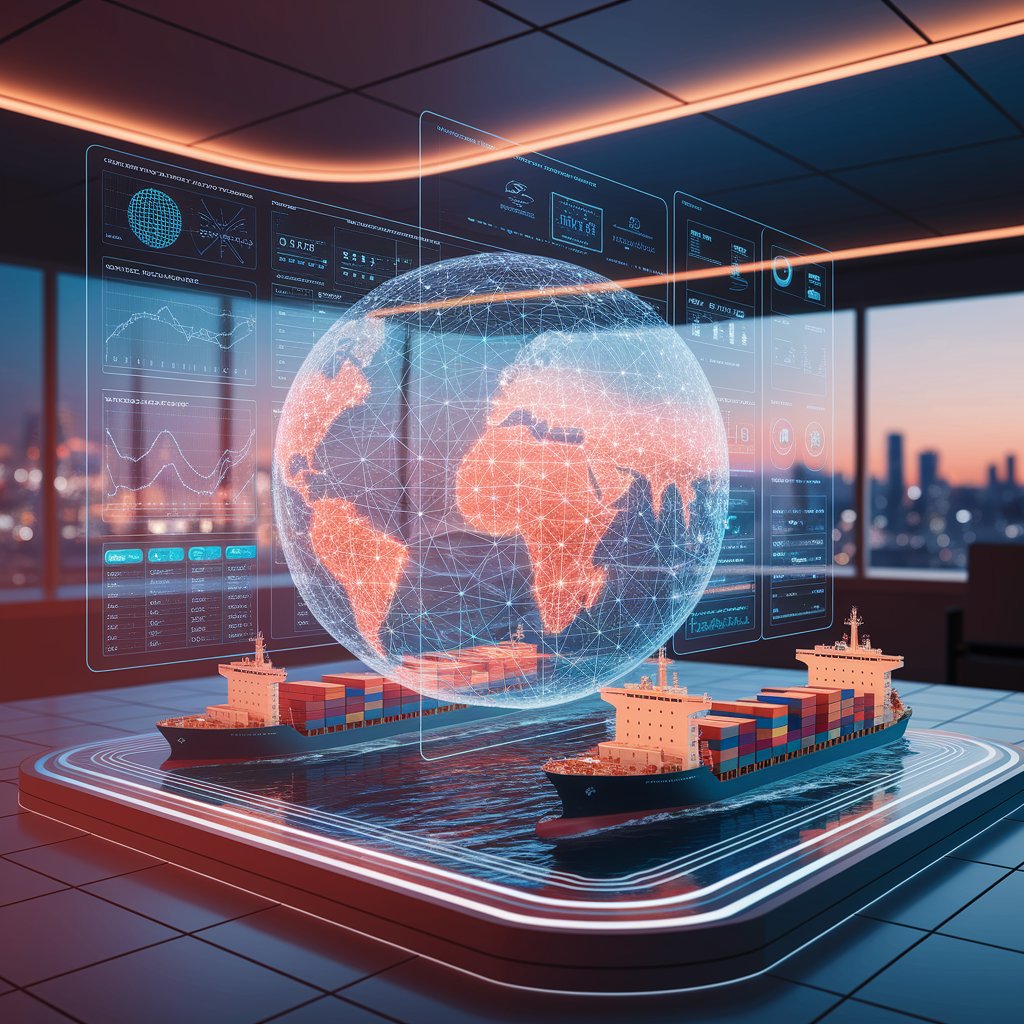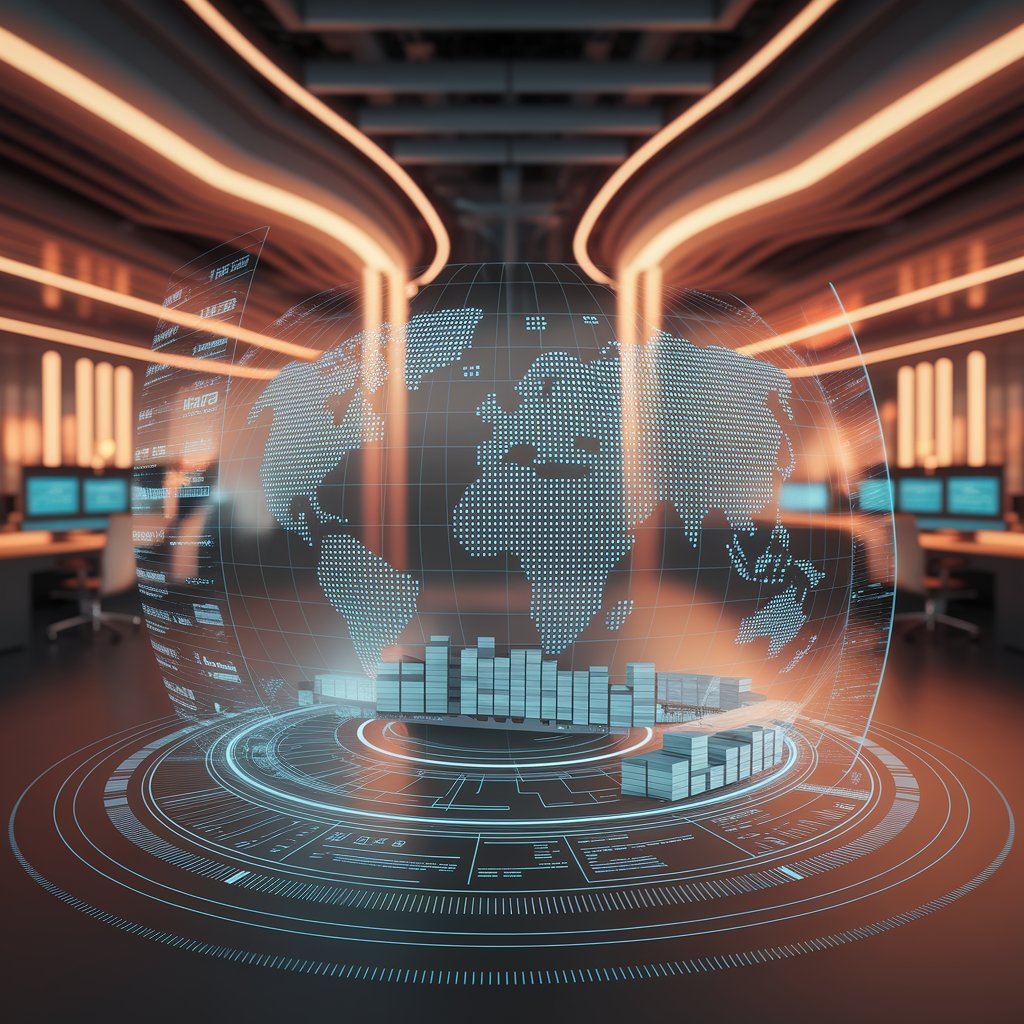Digital Twins in Logistics: A New Era of Supply Chain Innovation

Introduction
Digital twins are no longer a futuristic vision—they are already being used to optimize warehouses, track freight, and manage global trade flows. In logistics, this technology bridges the gap between physical operations and digital intelligence.
What Are Digital Twins in Logistics?
A digital twin in logistics is a virtual model of real-world assets such as cargo, warehouses, fleets, or entire supply chains. These twins receive continuous data from IoT devices, sensors, and tracking platforms, ensuring that the digital representation is always synchronized with reality.
This allows companies to monitor performance, detect inefficiencies, and plan corrective actions before issues escalate.

Key Features of Digital Twins in Logistics
- Real-Time Data Integration with IoT and tracking systems.
- Predictive Modeling for demand, routes, and delays.
- Simulation of Scenarios like congestion, port delays, or equipment breakdown.
- Warehouse Optimization with digital replicas of inventory flows.
- Enhanced Collaboration through shared virtual environments.
Benefits for Supply Chains
The adoption of digital twins in logistics offers several game-changing benefits:
- End-to-end visibility of operations.
- Reduced costs through predictive planning.
- Faster decision-making with accurate simulations.
- Sustainability gains by testing eco-friendly strategies virtually.
- Improved resilience against disruptions.

Real-World Applications
- Fleet Management: Monitor truck conditions and predict maintenance needs.
- Port and Terminal Operations: Simulate container flows to prevent congestion.
- Warehouse Automation: Optimize layout and reduce bottlenecks.
- Multimodal Transport: Ensure smooth transitions between air, sea, and land.
The Future of Digital Twins in Logistics
As AI, machine learning, and IoT technologies advance, digital twins will become even more powerful. They will not only mirror current operations but also forecast disruptions, recommend actions, and automate responses. In the near future, logistics companies may rely on digital twins as their central operating system.

Conclusion
Transforming the way companies manage supply chains. By combining real-time data, predictive analytics, and advanced simulations, they enable smarter decisions, higher efficiency, and greater resilience. For logistics providers and freight forwarders, adopting digital twins is no longer optional—it’s a strategic necessity to stay competitive in a data-driven world.
